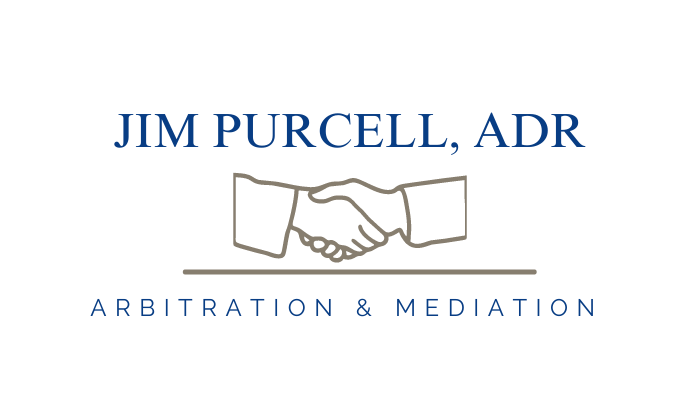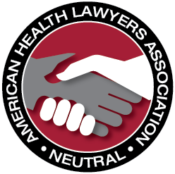 Everyone in healthcare appears to be invested in improving patient safety while limiting medical errors. This is a very common goal for providers, patients and attorneys across the board. The lack of agreement in this field comes when it’s time to consider the “how” and “why”. These disputes can occur in many different contexts (e.g., disagreement when establishing standards/protocols; disagreements in peer review; disagreements with patients particularly resulting in litigation). Healthcare disputes such as these are particularly apt for Alternative Dispute Resolution (ADR). Here’s why:
Everyone in healthcare appears to be invested in improving patient safety while limiting medical errors. This is a very common goal for providers, patients and attorneys across the board. The lack of agreement in this field comes when it’s time to consider the “how” and “why”. These disputes can occur in many different contexts (e.g., disagreement when establishing standards/protocols; disagreements in peer review; disagreements with patients particularly resulting in litigation). Healthcare disputes such as these are particularly apt for Alternative Dispute Resolution (ADR). Here’s why:
It is confidential. When used properly, it’s able to encourage frank disclosures between doctor and patient or amongst professionals. This helps to get to the heart of the matter efficiently and accurately. This should greatly contribute towards better patient safety, which is most important. ADR, and particularly mediation or facilitation, are speedy and relatively inexpensive. Usually the mediator or facilitator is someone who is knowledgeable about healthcare, which helps get to a fair and professional resolution. Sadly, unexpectedly bad outcomes occur across the healthcare spectrum, some of which are preventable. When negative events affect a loved one, family members want the opportunity to speak with the involved doctors to learn more about what happened. In potential litigation situations, doctors may be hesitant to discuss details. ADR, however, provides a forum where families can learn about what happened without doctors being so hesitant to disclose. We have all heard about the power in “I’m sorry.” This is even more powerful in getting to timely, less expensive, and fair resolution.
When doctors don’t want to discuss what happened, this can leave family members questioning the circumstances and feeling backed into a corner. These families might use litigation as a last resort to get the details and closure they want. When an event has been disclosed, it’s easier to structure communication that provides individuals with the information they need to understand what has happened. There are several different models for using ADR to resolve healthcare disputes.
The Rush Model is a method of co-mediation developed in 1995 at Chicago’s Rush Medical Center. The first stage is the creation of a mediation agreement. The agreement outlines confidentiality, sets out the definition for finality, and includes brief presentations by each side. The plaintiff selects the mediators. More than 80 percent of the cases handled in the first year were able to be resolved through this mediation model.
The Department of Veterans Affairs also uses a model. Their model requires full disclosure of the facts in addition to an apology by the chief of staff. Designated medical center staff negotiated until the plaintiff was satisfied with fair compensation.
The University of Michigan model is a third example of ADR in healthcare. It involves quick and fair compensation where it was determined medical care led to patient injury, defense of staff when it was clear that the staff were not responsible for injury to the patient, and learning from the mistakes as well as the experiences of the patients.
There are times when court litigation is appropriate. However, particularly in healthcare, those times are rare. Setting in place procedures for ADR in these types of disputes is good business and good medicine.

